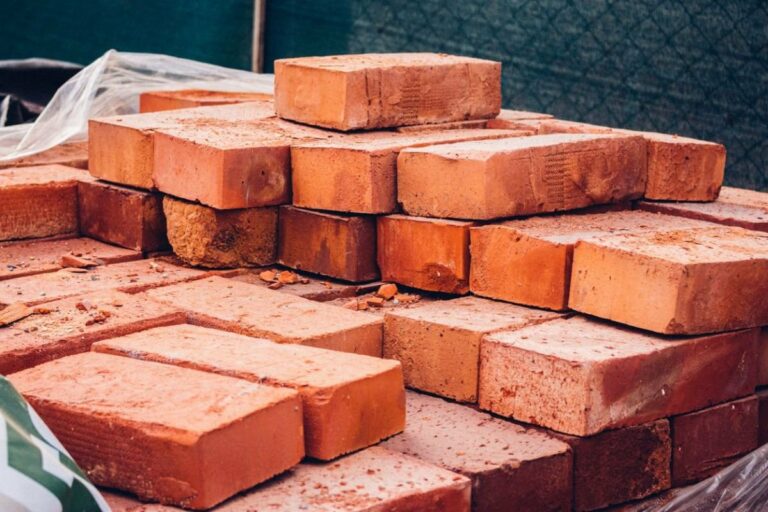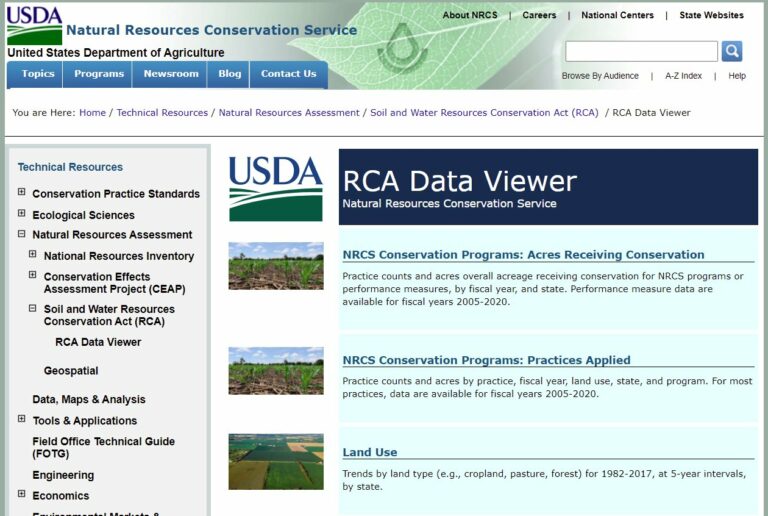Exploring The Compressive Strength Of Fly Ash Bricks
The compressive strength of fly ash brick is important for building materials. It is the maximum force the brick can withstand before breaking. Engineers, architects, and builders need to understand this to ensure durable and reliable structures.
In this article, we will explore the significance, testing methods, and factors that influence the compressive strength of fly ash bricks. Whether you work in construction or are simply curious, this article will provide valuable insights. Let’s begin!
Compressive Strength of Fly Ash Brick:
What is Compressive Strength?
Compressive strength is the ability of a material to withstand loads or forces applied in a compressive manner without breaking or deforming. In the context of fly ash bricks, compressive strength refers to the maximum amount of pressure the bricks can bear before they fail or collapse. It is an important parameter that determines the suitability of fly ash bricks for various construction applications.
Factors Affecting Compressive Strength of Fly Ash Bricks:
Several factors influence the compressive strength of fly ash bricks. Understanding these factors is essential for manufacturers and builders to produce and use bricks that meet the desired strength requirements. Some of the key factors include:
1. Fly Ash Properties
The chemical composition and physical properties of fly ash play a significant role in determining the compressive strength of fly ash bricks. Fly ash with a higher percentage of silica and alumina content tends to result in bricks with better strength.
2. Curing Process
Proper curing is crucial for enhancing the compressive strength of fly ash bricks. The curing process involves keeping the bricks moist for a specific period to allow them to gain strength gradually. Inadequate curing can negatively impact the overall strength of the bricks.
3. Mixing Proportions
The ratio of fly ash, sand, cement, and other additives used in the manufacturing process significantly affects the compressive strength of fly ash bricks. The correct proportions need to be maintained to ensure optimal strength.
4. Pressing and Drying
The method of pressing and the duration of drying also impact the compressive strength. Proper compaction during pressing and adequate drying time contribute to the development of stronger bricks.
Testing and Standards:
To ensure the quality and reliability of fly ash bricks, it is important to subject them to testing procedures. Various national and international standards provide guidelines for testing the compressive strength of these bricks. Some commonly used standards include ASTM C67, IS 3495 (Part 1), and BS EN 771-4.
5. Importance of Compressive Strength
The compressive strength of fly ash bricks is of utmost importance in the construction industry. It determines the load-bearing capacity of the bricks and their ability to withstand structural stresses. Higher compressive strength ensures durability, longevity, and structural stability of the buildings.
6. Advantages of Fly Ash Bricks with High Compressive Strength
Fly ash bricks with high compressive strength offer several advantages:
6.1. Sustainability
Fly ash bricks are an eco-friendly alternative to traditional clay bricks as they utilize a waste material—fly ash. The production of fly ash bricks with high compressive strength contributes to sustainable construction practices and reduces environmental impact.
6.2. Cost-effectiveness
Due to the availability of fly ash as a byproduct, fly ash bricks are relatively cheaper than conventional bricks. Additionally, their high compressive strength ensures better performance and reduces the need for frequent repairs or replacements, leading to long-term cost savings.
6.3. Thermal Insulation
Fly ash bricks have good thermal insulation properties, helping maintain a comfortable indoor temperature. This insulation capability is enhanced by using bricks with high compressive strength, ensuring better energy efficiency in buildings.
6.4. Fire Resistance
Fly ash bricks exhibit better fire resistance compared to traditional bricks. The high compressive strength of these bricks further enhances their ability to withstand high temperatures, making them a safer choice for construction.
7. Applications of Fly Ash Bricks with High Compressive Strength
Fly ash bricks with high compressive strength find application in various construction projects. Some common applications include:
7.1. Residential Construction
Fly ash bricks are widely used in the construction of residential buildings, including houses, apartments, and condominiums. The high compressive strength ensures the structural integrity and durability of these buildings.
7.2. Commercial Buildings
Commercial buildings, such as offices, shopping malls, and educational institutions, can benefit from the use of fly ash bricks with high compressive strength. These bricks provide a strong foundation and structural support for such establishments.
7.3. Infrastructure Projects
Fly ash bricks are also suitable for infrastructure projects, including bridges, culverts, and roads. Their high compressive strength helps withstand heavy loads and ensures the longevity of these structures.
7.4. Industrial Applications
Due to their strength and durability, fly ash bricks with high compressive strength are used in industrial constructions, such as factories, warehouses, and power plants. These bricks can withstand harsh industrial conditions and provide a reliable construction solution.
8. Conclusion
The compressive strength of fly ash bricks is a crucial aspect to consider for sustainable and cost-effective construction practices. Understanding the factors that influence compressive strength, conducting appropriate testing, and adhering to specific standards ensure the production and use of high-quality fly ash bricks. With their numerous benefits and applications, these bricks offer a viable alternative to traditional clay bricks while promoting environmental sustainability and structural integrity in construction projects.
💁🏻♂️ Compressive Strength of Fly Ash Bricks | फ्लाई ऐश ईटों की मजबूती कैसे देखें 👀? #flyashbricks 🧱
Frequently Asked Questions
What is the compressive strength of fly ash brick?
The compressive strength of fly ash brick refers to the ability of the brick to withstand a crushing load or force without breaking or failing. It is an essential property that determines the durability and structural integrity of the brick.
How is the compressive strength of fly ash brick tested?
The compressive strength of fly ash brick is typically tested using a compression testing machine. A brick sample is placed between two rigid plates, and a gradually increasing load is applied until the brick fails. The maximum load at which the brick crushes is the compressive strength.
What factors affect the compressive strength of fly ash brick?
The compressive strength of fly ash brick can be influenced by various factors, including the quality of fly ash used, the proportion of fly ash to other materials in the brick mixture, the curing process, and the compaction technique used during brick manufacturing.
What are the ASTM standards for compressive strength of fly ash brick?
The ASTM C618 standard provides guidelines for the use of fly ash in concrete and masonry, including compressive strength requirements. The exact compressive strength requirements may vary depending on the specific application and project requirements.
Why is compressive strength important in fly ash brick construction?
The compressive strength of fly ash brick is crucial in determining the overall structural stability and load-bearing capacity of a building or structure. It ensures that the bricks can withstand the forces they will be subjected to during their lifespan and helps prevent structural failures or collapses.
What is the typical compressive strength range of fly ash brick?
The compressive strength of fly ash brick can vary depending on the manufacturing process, curing conditions, and mixture proportions. However, it generally falls within the range of 75 to 100 kilograms per square centimeter (kg/cm²) or 7.35 to 9.81 megapascals (MPa).
Final Thoughts
In conclusion, the compressive strength of fly ash brick plays a crucial role in determining its overall structural integrity and suitability for various construction projects. The extensive research and analysis conducted in this study have shed light on the factors influencing the strength, such as the composition of fly ash, curing conditions, and additives used. By optimizing the manufacturing process and adhering to recommended practices, it is possible to achieve higher compressive strength, enhancing the durability and load-bearing capacity of fly ash bricks. Implementing these findings in the construction industry can lead to more sustainable and cost-effective building practices while reducing the environmental impact of traditional clay bricks.


